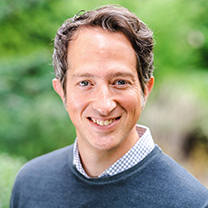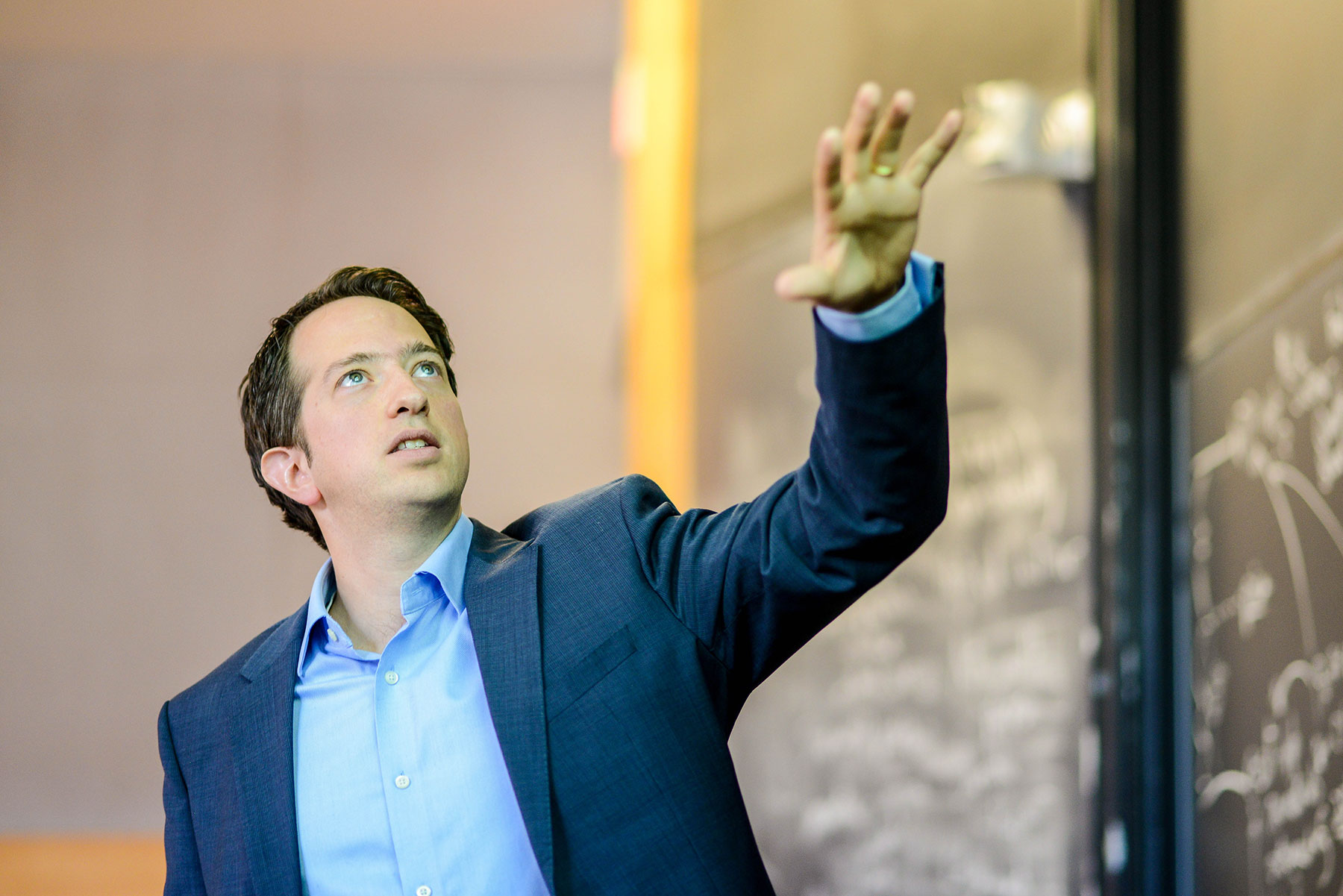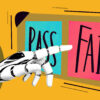Imagine a classroom where technology doesn’t just replace old ways of doing things, but amplifies the best of student-centric pedagogy. Welcome to the frontier of education, where MIT Sloan’s Jason Jay is blending generative AI with traditional coursework to create a personalized, impact-focused learning journey for his students.
Higher Education: A landscape that oscillates between time-honored storytelling lectures and interactive strategies such as action-learning or the case-method. While research-backed, student-centric methods have already made significant strides in enhancing classroom engagement and learning outcomes (CAST, 2018), the advent of generative AI opens new doors for making these proven approaches more accessible and achievable. Thoughtfully applied, generative AI can not only elevate student engagement but also personalize learning in ways previously considered either fantastical or too labor-intensive to implement.

Jason Jay, Senior Lecturer & Director, Sustainability Initiative at MIT Sloan
Enter Senior Lecturer and Director of the Sustainability Initiative Jason Jay, and his upcoming Fall 2023 Innovating for Impact course at MIT Sloan School of Management. Designed as “a structured approach to innovation and entrepreneurship that creates business value while solving social and environmental problems,” the syllabus originally included a reading assignment that had students delving into the concept of ikigai —a framework about aligning what you love, what the world needs, what you can be paid for, and what you’re good at. Yet, inspired by the intriguing potential for generative AI to transform education, Jay wondered: Could he redesign this assignment in a way that offers deeper insights for his students? Could it more effectively guide them toward careers that balance personal satisfaction with societal impact?
Prompted by these questions and the global chatter around generative AI, Jay is choosing to reimagine the reading assignment. For the first time, he plans to integrate ChatGPT-4 into his course this upcoming term, aiming to make a career self-assessment and planning exercise that is both personalized and interactive for his students.
A New Approach to an Old Problem
The idea is straightforward but profoundly disruptive: For 30 minutes, each student will converse with ChatGPT after training it on a prompt Jay provides them with that instructs the AI to act as an impact-focused career coach that delves into the ikigai framework but also adjusts its line of questioning to explore individual values, skills, and career objectives in depth. The dialogue that will ensue throughout this pre-class assignment aims to provide each student with a tailored exercise in introspection, a veritable ‘mirror’ to reflect on their ambitions and the paths to realize them.
Curious to learn more about Jason Jay’s creative process for developing this activity? Check out his ChatGPT interaction. He encourages you to use his prompt and modify it as needed, with the caveat that you let him know about your results!
Why Traditional Assignments Sometimes Fall Short
The conventional classroom assignment often lags in its capacity for personalized learning (CAST, 2018). In most instances, students’ unique aspirations and perspectives are glossed over in favor of a more uniform approach—such as a reading on ikigai, followed by an in-class discussion.
In contrast, generative AI provides the dual advantage of scalability and personalization, allowing each student to receive individualized attention that would be impossible in a typical classroom setting. But what’s important to note here is that technology serves as a tool, not a replacement, for human interaction and intellectual engagement.
The Human Element
While the algorithm can ask questions based on programmed logic and vast databases, the technology only serves as a starting point—a catalyst for deeper human engagement. The AI-generated conversation will be part of the pre-work for the class, helping students to come prepared with insights and questions about their career paths. Students will submit the transcript of their conversation with ChatGPT (which they are free to redact for personal details) on Canvas LMS before class and bring a copy to serve as a reference during in-class discussions.
The real magic will happen when these digital conversations transition into the classroom. Jay plans to use the insights derived from the ChatGPT conversations to facilitate a more focused and meaningful discussion. Students will be encouraged to discuss what they’ve learned from their interactions with the AI and how they can utilize the insights gained to make the most of their time in the Innovating for Impact course, also known as 15.385. In this way, the AI tool doesn’t just serve as a digital career coach; it becomes an integral part of a broader pedagogical strategy that includes both technology and face-to-face discussion.
This blended approach of AI pre-work and in-person classroom dialogue underscores the value of human interpretation and group discussion. The AI tool offers questions, but it is the human participants—both the students and Jay as the instructor—who decide the direction and the value of the conversation. By setting up an ecosystem where AI-generated insights are analyzed, questioned, and built upon, the subsequent classroom discussions hope to be human and impactful.
MIT Sloan Faculty: Thinking of integrating AI into your course but unsure where to start? Your journey doesn’t have to be a solo endeavor. Contact us today for a personalized consultation. We’re here to be your thought partner in this transformative process.
A Call to Rethink and Reimagine
So here we find ourselves at the crossroads of tradition and innovative technology. The thought of upending years of trusted lesson plans to incorporate AI might seem daunting, but take a cue from Jason Jay: The first step doesn’t have to be a leap. You can start with a single stride, or, in his case, a single assignment. Even modest uses of these tools can bring about substantial change. It could be as basic as automating answers to frequently asked questions in your course, or as complex as reimagining a major deliverable. Jay’s pioneering assignment will serve as a beacon for what’s possible when we pair traditional academic rigor with the transformative power of AI.
MIT Sloan Faculty: We want to know how you’re incorporating generative AI in your courses—big or small. Your experiences are more than just personal milestones; they’re shaping the future of pedagogy. By sharing your insights, you contribute to a community of innovation and inspire colleagues to venture into new territories. Contact us to be featured. We’re here to help you tell your story!
References
CAST. (2018). Universal design for learning guidelines. http://udlguidelines.cast.org










